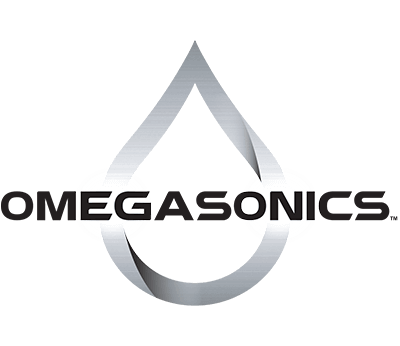So, what is ultrasonic cleaning?
First off, what is ultrasonic cleaning and how does it work? Ultrasonic cleaning is made possible by the physical action of high-frequency sound waves traveling through a liquid. These waves, produced by a piezoelectric transducer hooked up to a diaphragm, move through the liquid and produce millions of microscopic bubbles when they strike the surface of an object. This effect is called cavitation. Bubbles created through cavitation are “filled” with space, so there’s nothing to keep them open. So, they collapse almost as fast as they are created, releasing tremendous bursts of vacuum energy in the form of heat and pressure. These jets of energy strike against the object to be cleaned, dislodging contaminants such as rust and grime. The result: fast and effective cleaning.
So, what can an ultrasonic cleaner clean?
It’s probably easier to consider what an ultrasonic cleaner can’t clean. After all, ultrasonic cleaning is used across a wide range of industries to clean a huge variety of materials. Ultrasonic cleaning is used to clean everything from medical implants to aerospace parts to carburetors to handguns. It shows its versatility when cleaning household items damaged by flood or smoke damage, for example. Even though ultrasonic cleaning can be used on the toughest industrial parts, it can also clean equally well grandmother’s best china set after a fire has blackened it.
There are only two main categories of items which can’t be cleaned by ultrasonic cleaning: items which shouldn’t be submerged in water because the liquid will damage them and items which can’t be easily dried. That’s it.
So that means everything from Grandma’s china to snowmobile carburetors can be cleaned with ultrasonic cleaners. Even electronic circuit boards can be cleaned. If they’re not connected to electricity at the time, and they’re properly dried out later on, it’s perfectly safe, and they won’t be harmed.
And when an ultrasonic cleaner is combined with a forced air drying cabinet, then you’ve got a potential cleaning assembly line operation going.
Bottom line: if it’s a surface contaminant, it can probably be removed from the object with the combination of ultrasonic waves and a detergent specially formulated for that type of grime.
The list of contaminants that ultrasonic cleaning can’t remove is about as short as the list of objects it can’t clean. Ultrasonic cleaning can remove just about any type of dirt, rust, oil, grime, carbon and more.
So, if you’re looking to clean any type of industrial or commercial part, especially if it’s something that involves a lot of elbow grease and time, consider investing in an ultrasonic cleaner.
But don’t just take our word for it here. Got a question about what ultrasonic cleaners can clean and want to talk to someone about it? Call one of our ultrasonic experts at Omegasonics at 888-989-5560 or email us at . You can also get in touch with us by filling out our online contact form.
